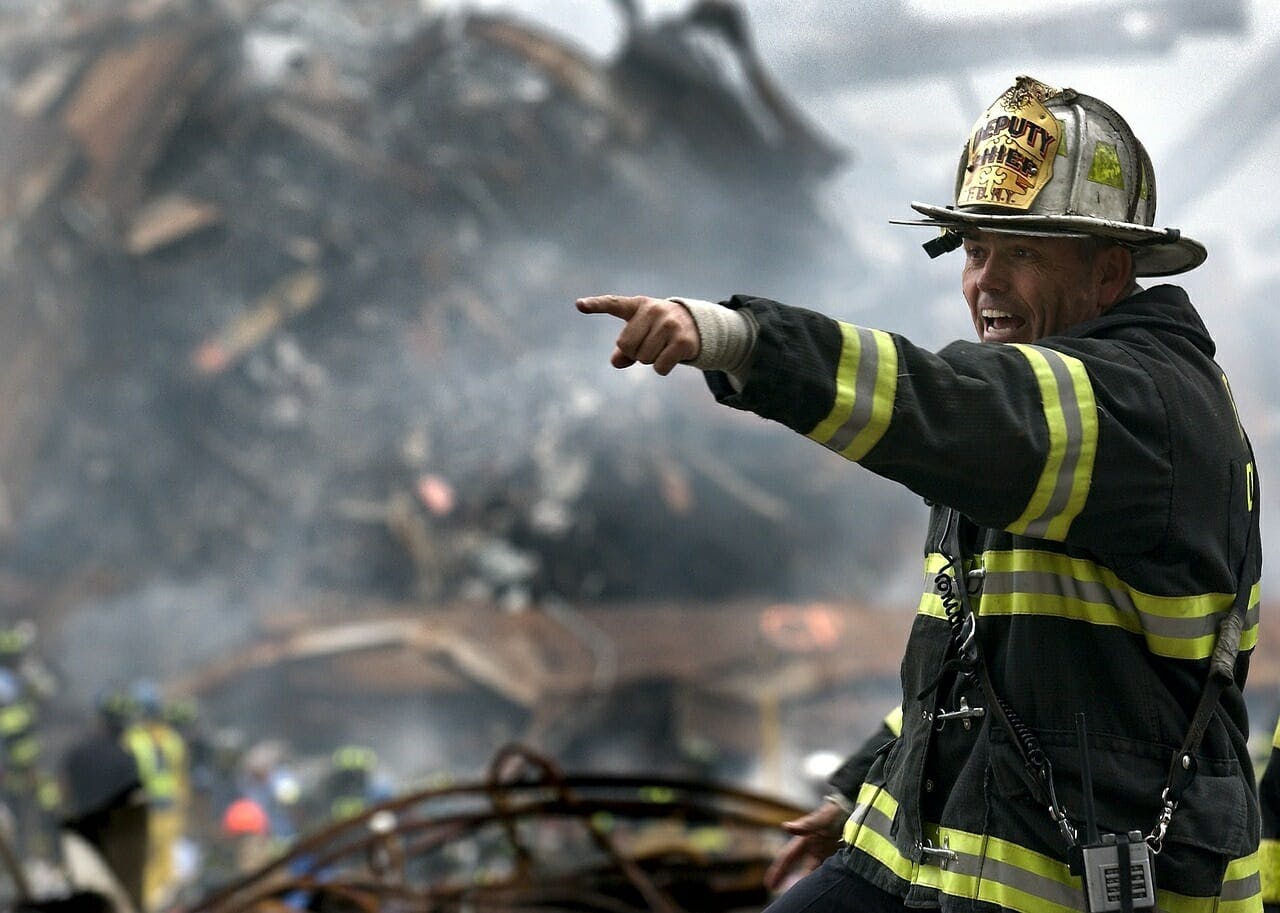Companies are working harder than ever to manage risk, as the stakes for avoiding disaster preparations grow ever higher. From 2016 to 2018, the average number of billion-dollar disasters in the US totaled 15 each year, while the average for 1980–2018 was just 6.2 events per year. In 2017 alone, natural disasters cost the US a record $306 billion, cybercrime losses in 2018 nearly doubled over the year before to $2.7 billion and the overall global risk landscape became even riskier.
But as businesses respond to these threats with disaster preparedness plans, they often focus on minimizing physical losses and managing external expectations — when the greatest risks to their business may involve a more internal, human cost, not only in terms of loss of life (if they don’t have a proper culture of safety) but in terms of lost productivity, stalled recovery – and loss of customers.
“If leaders spent more time focused on the internal aspects of crisis management, their ability to respond externally would improve dramatically,” consultant Brian Ellis wrote in an essay for O’Dwyer’s. Ellis, the strategic leader of Padilla’s crisis management and executive training consultancy, describes the ideal crisis management response as “70 percent internal, 30 percent external.”
With that in mind, here are 5 ways HR professionals can bring an internal focus to risk management and disaster preparedness plans by making sure their work cultures are disaster-ready.
1. Listen to your workforce
Make sure any risk management plan you have isn’t just from a consultant’s or your leaders’ point of view – do a safety and readiness check with your employees — especially those most likely to be needed before or during a disaster, to understand where your specific disaster-ready strengths and weaknesses may lie.
Case in point – Leadership ignored warnings from Brazilian employees that their company’s dam would break. After it failed in January, 270 lives were lost, tens of millions of dollars in damages resulted and criminal charges were brought against company leaders. This catastrophe resulted from internal breakdowns, but the lessons of listening can apply to any disaster. Employees on the front lines may be much more in tune to risks and vulnerabilities than leaders. Creating a culture that listens to them is critical.
2. Care for your workforce
when a crisis hits, employers sometimes expect employees to go above and beyond the call to meet the company’s needs, not understanding that disasters can hit employees hard, too. In a catastrophic event, be prepared for some, if not many, of your employees to be affected. If you have advance warning of an impending threat, help relocate critical employees so they aren’t stuck in an isolated or dangerous situation. Touch base with employees to get a sense of how they are weathering a crisis event. And if your workforce goes above and beyond the call, be prepared to do the same. Provide them the same support — maybe more — that you would to the larger community affected by a disaster.
Case in point: This restaurant established a fund for employee emergencies in the wake of Hurricane Katrina.
3. Communicate
Be transparent about disaster preparedness strategies and policies, particularly issues around pay, working remotely and leave, and communicate information quickly and accurately to your workforce — well before disaster strikes. In addition, assume that your employees will be communicating on social media when disaster happens. So make sure they have guidelines on what to communicate and when. As one consultant said in a SHRM article, “Employees are probably going to be the single biggest determinant in how fast and how well an organization recovers from a crisis, and they’ll be the first contact with customers as recovery occurs.” And be aware that no matter the guidelines, if your disaster polices are unreasonable, don’t expect them to stay a secret.
Case in point: This hospital and this library got plenty of negative media attention after firing employees who acted prudently in a disaster.
4. Reach out to others
Don’t make the mistake of thinking that your organization is alone in handling and recovering from a crisis. If disaster strikes your organization, don’t hesitate to turn to experts, the community, relief agencies and even to other businesses for help recovering from a catastrophe. This is a time when you need to build a big team.
Case in point: Experts from many different disciplines saved 33 lives in the Chilean mining disaster by working together as a team.
5. Practice your culture
In the aftermath, take stock of your culture. Going through hard times with an employer is a true test your work culture’s resilience. And these crises can actually make the employee-organization bond stronger — and can ultimately make the company stronger — if trust and compassion play a central role in disaster response. The opposite is true, too: Disasters often can show where an employer’s true motivations lie — and that’s not always good for employee retention or business.
Case in point: A Best Buy and Best Western faced price-gouging backlash during Hurricane Harvey, while other organizations were celebrated for showing their true colors during the disaster.
Ultimately, your focus on the safety and well-being of your own workforce will be a major factor in mitigating disasters and recovering from the more quickly. So mind those storm clouds off in the distance, but first, take a look at the kind of shelters you’re building for those all-important team members in your own back yard.
Image by David Mark from Pixabay
